Dental X-rays – what are they, their importance, benefits and risks.
Dental X-rays – what are they, their importance, benefits and risks.
In this blog article we will be discussing dental x-rays, their importance, the type of x-ray used as well as the risks and benefits.
What are dental x-rays?
X-rays are used in dental practices for both dental diagnosis, dental treatment planning and dental implant placement. An x-ray uses invisible electromagnetic energy beams to produce images of internal tissues, bones, teeth and organs on film. Dental professionals use this information to diagnose dental problems or medical conditions that develop.
X-rays pass through body tissues and structures of different densities. The dental equipment produces a small burst of x-ray beams aimed at the area being examined. X-ray images are produced when dental x rays strike digital sensors.
Why are dental x-rays important?
Dental x-rays are an important tool for dental clinicians and dental hygienists to use when assessing dental health. X-rays help provide us with dental diagnoses such as tooth decay, bone decay and gum disease.
X-rays can also show how teeth, muscles, gums and other tissues within the mouth are working together to promote dental health. Dental x-ray images of the head and neck region may be used by dental professionals to identify, diagnose and plan for dental problems.
The benefits of dental x-rays include earlier dental diagnosis, dental treatments and dental implant placement.
What type of x-ray is used in dental clinics?
The dental x-ray we use is called a digital dental radiograph. These dental x-rays have a very low dose of radiation, which is between 0.3 and 1 millisievert (mSv). An mSv is a unit used to measure the amount of radiation received from x rays, this means that dental x rays are considered to be a very safe form of dental diagnostic.
Are there any risks associated with Dental X-rays?
Although dental x rays do have the potential to expose people to radiation, dental professionals use modern equipment and strategies that minimise this risk. Lead aprons and barriers are used to protect the body from dental x-rays, but there is still a small amount of dental radiation that may penetrate past these barriers.
According to dental research, the main potential dental risks from dental x-rays are dental cancer and genetic disorders, however these risks are incredibly low.
If you have any questions or concerns regarding dental x-rays being used in your appointment, please do let our team know at the beginning of your appointment.
If you would like further information or would like to book a consultation, call us on 07 5591 3620 or use our online form.

